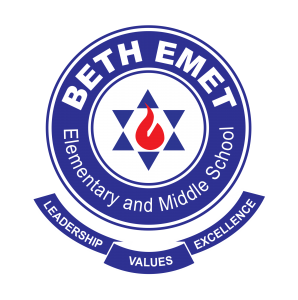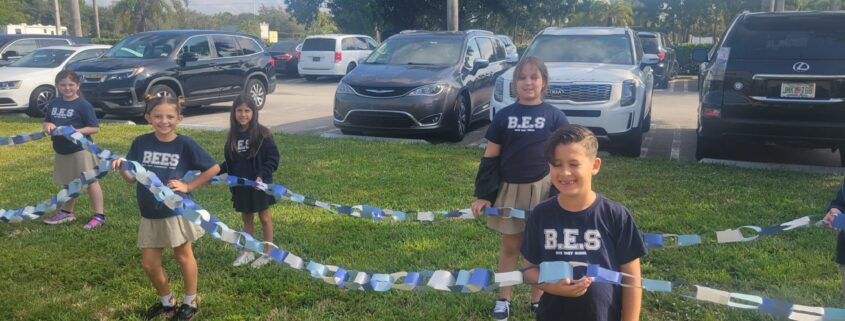The History of Hanukkah for Kids
“A candle is a small thing. But one candle can light another. And see how its own light increases as a candle gives its flame to the other. You are such a light.”
Hanukkah is one of the most beloved Jewish holidays, known as the “Festival of Lights,” and marks a particular time of year for Jewish families and communities around the world. Every year, Hanukkah occurs on the 25th day of Kislev, which lands on different dates annually. This is because Hanukkah is based on the Hebrew calendar, which uses cycles of the Sun and Moon to mark time.
How to Teach Kids about Hanukkah Traditions?
The word “Hanukkah” is Hebrew for meaning “dedication,” and this holiday honors “The Hanukkah Miracle,” during the time when Jews regained control of The Second Temple.
After their triumph, the Jewish people discovered that there was only one jug of oil, just enough to keep the lamp alight through only one night. They were amazed when they saw that the jug of oil lasted for eight nights. They started to dance and celebrate what soon became known as “The Hanukkah Miracle.”
Because of the symbolic nature of light during this time, it is also referred to as the Festival of Lights (or Miracle of Lights). Since that day, Jewish people have lit candles each year on a candelabra called Menorah or hanukkiah (the Hanukkah menorah) each night to remind them of the importance of the festival.
Fun Hanukah Facts for Families
- The difference between a Menorah and a hanukkiah is that the former only has seven candle holders while the latter has nine. The hanukkiah is lit from a single candle, called the Shamash, which is used to light all other candles, exclusively from right to left. On each of the eight nights of Hanukkah, families come together for special rituals and prayers that commemorate this joyous time.
- There are many different ways to spell Hanukkah. Some common variations include Chanukah, Hanukah, and Chanuka. (The letter “c” in Chanukah is silent.)
- Hanukkah is a time for delicious delicacies. Special foods for Hanukkah festivities include eating traditional foods, such as latkes and sufganiyot. Latkes are a type of potato pancake fried in oil that is popular in Ashkenazi Jewish cuisine. Sufganiyot is the fried jelly-filled doughnut balls coated with powdered sugar that are a delicacy often eaten during Hanukkah. Eating fried foods during the Hanukkah holiday is a tradition that started to honor the oil that burned for eight days in the Menorah.
- Dreidels are another fun tradition on Hanukkah! This spinning traditional toy has four sides, each with a different Hebrew letter: Nun, Gimmel, Hei, and Shin. They translate as “nothing”, “all”, “half”, and “put in,” respectively. The letters form the acronym “Nes Gadol Hayah Sham,” meaning “a great miracle happened there.” Did you know? It is said that the dreidel was created as a way for children to study the Torah without getting caught.
Teaching elementary and middle school children about Hanukkah is a great way to help them understand the importance of this special festival. By talking to them about the history of Hanukkah, they can gain an appreciation for its triumph over oppression and learn about historical aspects of Jewish culture. Hanukkah can show children that no matter how difficult a challenge may be, as long as you have hope, strength, and determination, you can always prevail in the end.
With a bit of imagination, Hanukkah can be both educational and fun! Learn more about Judaic Studies at Beth Emet School.




